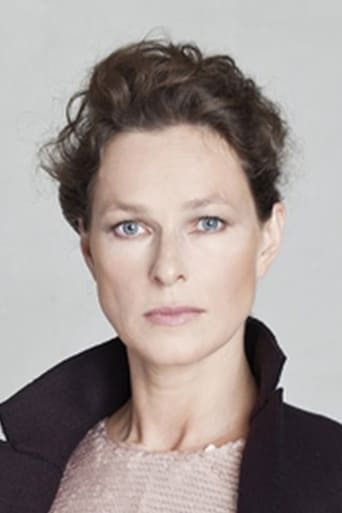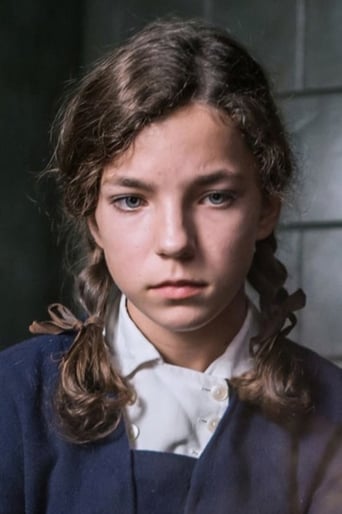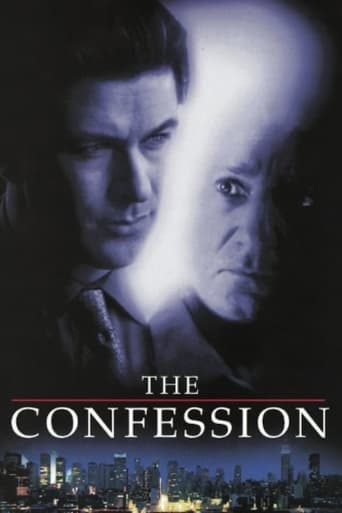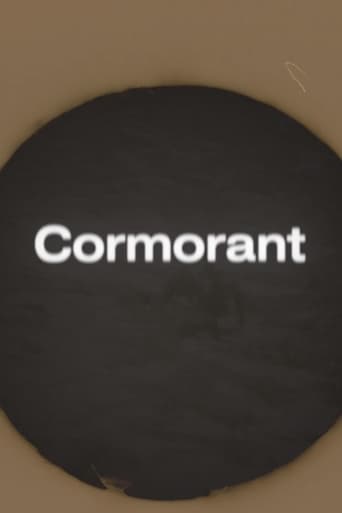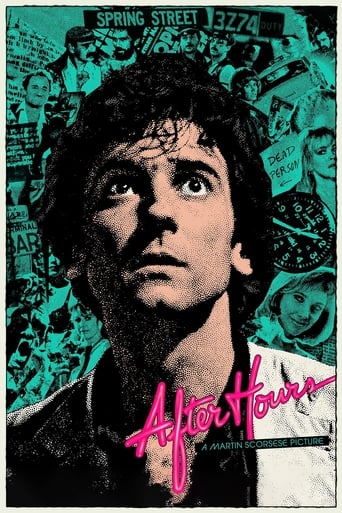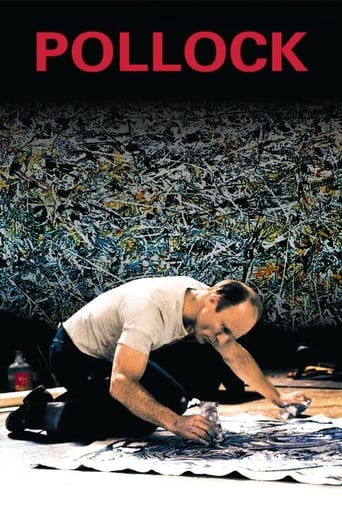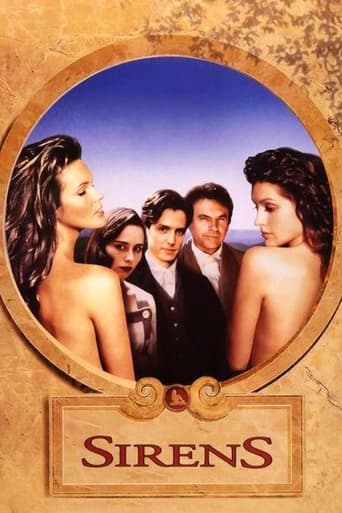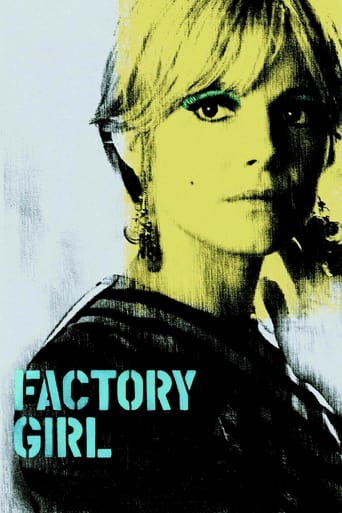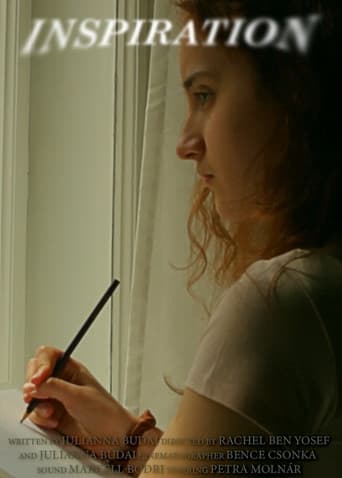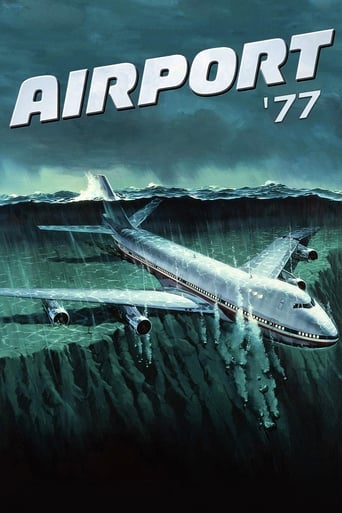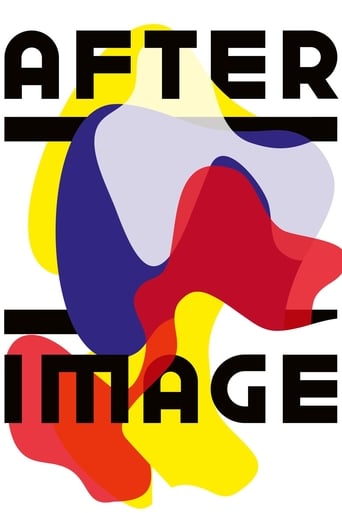
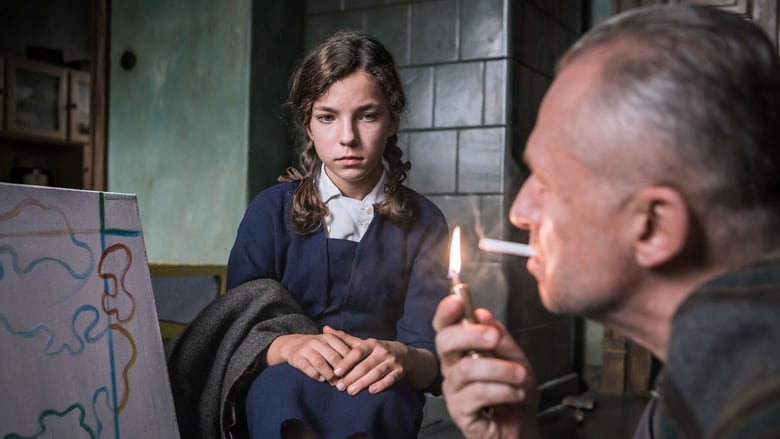
Afterimage (2016)
In 1945, as Stalin sets his hands over Poland, famous painter Wladislaw Strzeminski refuses to compromise on his art with the doctrines of social realism. Persecuted, expelled from his chair at the University, he's eventually erased from the museums' walls. With the help of some of his students, he starts fighting against the Party and becomes the symbol of an artistic resistance against intellectual tyranny.
Watch Trailer
Cast


Similar titles
Reviews
"Illusions "are the latest film by famous Polish director . An extraordinary film achievement that has rounded its imposing opus. The film deals with a topic that is current at all times, that is, how to remain consistent and how to confront the region of a totalitarian and captured state. We all know this well, because from this form we did not move even for inch. If you have not approved it, if you are not applauding, if you are not similar, if you have your own opinion, the state will endeavor to show you its power to bring you under the livelihood line, as director magnificently presented in this biographical film about Polish painter . Extremely strong frames that plasticize all the misery of human life. Film for each recommendation.
For what proved his cinematic swansong, the 90 year-old Andrzej Wajda came full circle, returning to the generation who provided the subject (and title) for the film that first made his name over 60 years ago. Wajda would have been the same age as the adoring students gathered around the avant-garde artist Władysław Strzemiński (1893-1952) at the art school at Łódź he had co-founded in 1945; but as a one-man awkward squad he was soon drawing the fire of the postwar communist authorities.The sustained official campaign of death by a thousand cuts inflicted on Strzemiński strongly recalls that depicted in Wajda's earlier 'Rough Treatment' (1978), to which 'Afterimage' often feels like a prequel. The earlier film, however, was an angry, brutally contemporary film, while 'Afterimage' - while vividly conveying the Orwellian nightmare that was Stalinist Poland - is a much mellower piece recalling the far-off days of Wajda's youth with a grace and energy wholly belying his astonishing age; and Andrzej Mularczyk's script gleams throughout with flashes of wry black humour. The film has few out and out villains, with most of Strzemiński's persecutors sympathetic but powerless to resist.The jagged widescreen photography of Pawel Edelman and design by Marek Warszewski simultaneously evoke the monochromatic drabness of life under communism while often looking vaguely expressionistic, with odd flashes of colour skilfully deployed. (A particular visual highlight is the priceless scene early on in which his studio is saturated with red light from a banner of Stalin erected directly outside his window, to which his already characteristic response is guaranteed to get him into trouble.) Bogusław Linda's performance as Strzemiński would be impressive enough even without the remarkable technical feat he accomplishes of nipping about on crutches minus his left arm and left leg, while Bronislawa Zamachowska is tremendous as his equally resilient and bloody-minded daughter Nika; truly a chip off the old block.
13th Dubai International Film Festival, 14 December 2016.The last movie of Andrzej Wajda tells the story of one of the best artists of the 20th Century, Wladyslaw Strzeminski.The movie states that the situation of a true artist is miserable in spite of the geography, language and culture. Wladyslaw Strzeminski is a great painter, and is suffering due to his personal views, during a great social reformation in Poland. He loose his job, artist license canceled, and ignored in every corner of life. Though his students try to support him, it doesn't make much use. Hungry and sick, a great artist faces the tough realities of life.The performance of the cast are amazing. Boguslaw Linda as Strzeminski and all the remaining cast have done a wonderful job. Photography and direction is so superb. I noticed the audience after the movie, they had tears in their eyes. It is so heart touching. Do not miss this movie, if you are a real movie freak!
Amazing feat: at the age of 90 Andrzej Wajda is as convincing as he was at the age of 50! Exceptional cinematography: Marek Edelman as excellent as ever. Outstanding acting: Bogoslaw Linda a good bet for best acting. A very good script: keeping balance between the inevitably highbrow dialogues on art and unexpected turns of action. And example for this can be the end of a potential "love affair", which does not end on a romantic note but strikes hard with the brutal abducting of a beautiful girl. Who, by the way, is not the central romantic character. On the contrary, the "great love" remains invisible and is only made romantically visible by white flowers that turn blue. What could more lyrically stress the importance of color in life? By the way, that end of the "love story" is not a harsh rejection, as it may seem, but rather proves that the artist was really fond of the young girl and, nobly, would not allow her to wretch her life at his side.The film is about the cruelty of the Stalinist period and how it intervened and interfered in the private lives of the common citizen and all the more so in the sphere of art, which "had to serve the people and the final victory of socialism". There are no throats being cut, people being shot or hanged. No spanking. Everything takes place in and "orderly way", for strict rules must be followed. Or perhaps only almost always! This reminds us of Kieslowski's film about killing or the thick atmosphere of Arthur Koestler's "Darkness at noon". Little by little art, i.e. the protagonist, is being suffocated. It is like cutting his veins, but not at once, slowly, in slow motion. Let him bleed to death, but "naturally". That was really a very hard time and Andrzej Wajda knows what he is talking about, for he experienced it "on his own skin", as you say in Polish. A symbolic image summarizes the pic: the window in the artist's dwelling is suddenly veiled by a red banner. A painter can somehow bear poverty, but can he survive without light? Brushes, paint? Wajda's choice of the actor (Boguslaw Linda) to embody Wladyslaw Strzeminski, one of the great Polish artists and art professors of that period, was fundamental to the artistic value of the picture. Bearing also in mind the fact that he had to play a cripple, who had lost two limbs, certainly made his acting even more daunting. And the outcome is certainly impressive.Another factor that helps sooth the dreariness of the artist's predicaments is the strong presence of the teenager actress (Bronislawa Zamachowska) who plays his daughter. Her seemingly matter of fact reactions to reality and only rare expressions of deeper feelings function as a balance between the drama we witness and the everyday chores or the mere sipping of tea. "There are holes in my shoes" or "You smoke too much". His adoring students, on the other hand, may represent what was left of hope in those days. Their solidarity with the aging, crippled professor was an omen of better times to come, for who can defeat youth? And who can defeat art? The material shabbiness of those times, when "all were equal, but some were more equal than others", with food rationing, very poor dwellings etc. is shown in detail. Some viewers used to cinematic tangibility may not appreciate some of Wajda's discreet, very subtle hints and symbolic images, but, no doubt, in artistic terms this pic is a comeback to his heydays.Rio Film Festival 8th October, 2016 Tomasz Lychowski



